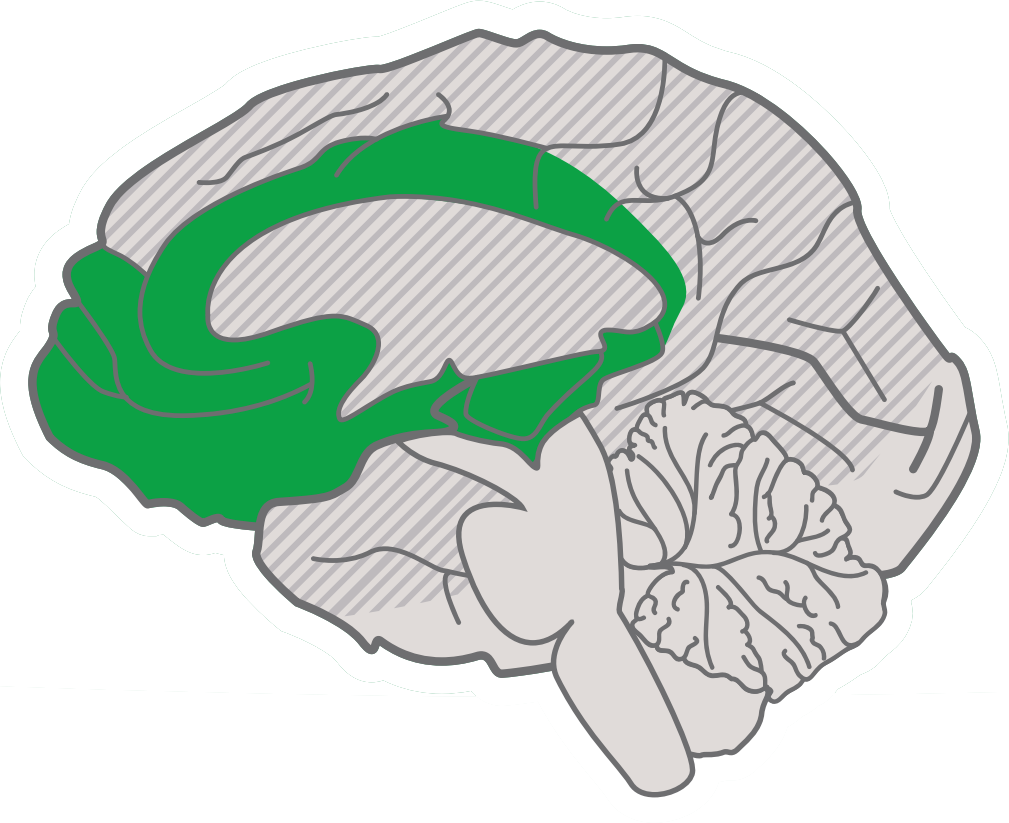Listen to a discussion about this blog
In our last post, we discussed the importance of clear navigation in VR environments. But even the most user-friendly app won’t be effective if students aren’t motivated to use it. So, how do we spark that intrinsic drive to learn in a virtual world?
Carreon et al. (2024) found that a combination of intrinsic and extrinsic motivators is key. Let’s break down some strategies for keeping students engaged and excited about learning in VR.
Rewards: The Digital and the Tangible
Think of your VR environment as a vast, uncharted territory. Without proper guidance, your students are bound to get lost. Left to figure things on their own, our students may drift through the virtual environment, heading down one rabbit hole after another. We might be tempted to conclude that they are engaged in the learning and yet, oftentimes they are simply moving through the virtual environment checking this and that out but not using the virtual learning experience as it was designed. Here are some essential navigation tools to consider:
- Digital Rewards: In-game currency, character upgrades, and unlocking new levels tap into the same reward systems that make video games so addictive. This will recruit the learners interest and assist in their persistence with the “game.”
- Tangible Rewards: Real-world prizes, extra privileges, or even a class pizza party can provide additional motivation for students who need a little extra push. Remember, the classic power of verbal praise as well! Within the virtual environment, reinforcers emphasizing and celebrating completion of a given task, success during portions of the simulation, and verbal/visual support can all provide rewards relevant to the user.

Competition and Collaboration: The Power of Social Dynamics
- Competition: Leaderboards and friendly rivalry can tap into students’ natural drive to succeed. These can be both external but also internal. Internally, it might be the simulation’s progress bar illustrating what the student has successfully accomplished and what remains.
- Collaboration: Encourage teamwork and cooperation by designing VR experiences that require students to work together to achieve a common goal. The VOISS project emphasizes the importance of social interaction and collaboration, incorporating features that allow students to communicate and interact with each other within the virtual environment.
The UDL Connection
Motivation is closely tied to the UDL principle of providing multiple means of engagement. By offering a variety of motivating factors, we can ensure that all learners find something to spark their interest and keep them engaged in the learning process. This begins with optimizing choice and continues in building persistence to in turn develop a level of self-regulation and an awareness of one’s own expectations. The research by Carreon et al. (2024) supports this notion, highlighting the need for personalized and flexible engagement strategies in VR learning environments.

In our next post, we’ll explore how to create VR experiences that are not only engaging and motivating but also deeply relevant to students’ lives.
Carreon, A., Rowland, A., Smith, S., Lowery, A., & Mosher, M. (2024). Designing for Successful Educational Experiences in Virtual Reality Environments. Journal of Special Education Technology, 0(0). https://doi.org/10.1177/01626434241277191

